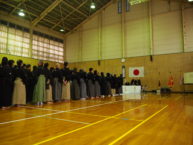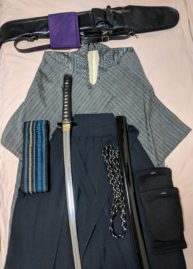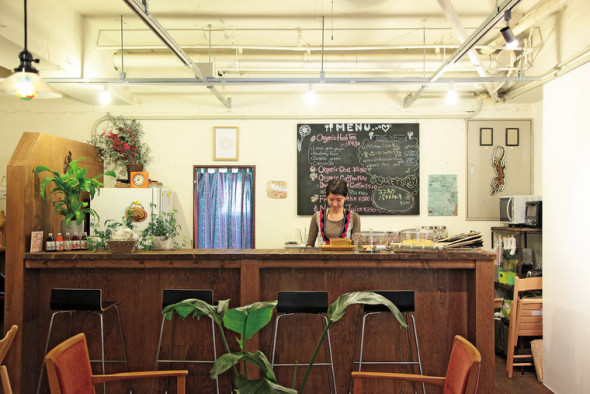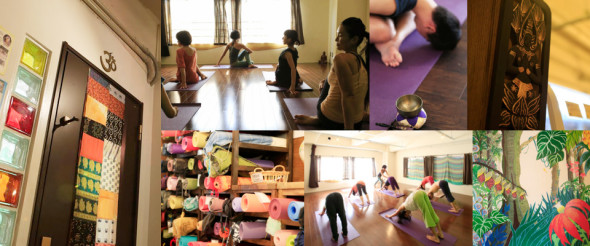For my CIP, I have been taking a variety of private dance lessons. I dance back home at Tufts University and figured that this would be a good way for me to participate in a community as I have skills to bring to the table. I have taken a range of class styles, from hip-hop to waacking to K-pop, and I have enjoyed being able to continue a hobby I enjoy so much. I go once a week at least (and sometimes more if I have purchased the monthly pass at the studio which lets you go as many times as you want). I also went to a meeting for one of Doshisha’s dance circles.
There have been a number of things about these dance classes that surprised me. Before starting, I had an image in my head that there would be a reasonably strong sense of community within the dancers as dancers (in the US at least) are generally pretty sociable. I also was hoping that the fact that we had a mutual language in the form of dance would be a good way to circumnavigate the language barrier that exists with my questionable Japanese skills. However, at the dance classes I really had to make an effort to have an interaction with anyone there, as they mostly kept to themselves. A number of times I asked fellow students for help with basic things, which in a few instances led to conversation and LINE exchanges, but for the most part people were fairly solitary. Interestingly, the one time I tried taking a class in Tokyo, I had greater success, with people coming up to talk to me and Chungsun Lee (who I have been taking classes with). Also, the way that one is greeted at dance studios was super interesting to me – I was initially very confused when they said ohayou gozaimasu to me when I walked in at 8pm. It turns out that that is custom for the entertainment world in Japan, and not a reflection of my studio’s inability to tell the time.
The one time I tried attending a session of one of Doshisha’s dance circles, I wasn’t met with much success. It was an informal practice as they weren’t training for anything in particular at the time, so people were just practicing what they wanted. Nobody made an effort to come and talk to me at all, which was really surprising – when I participated in dance communities back at Tufts for the first time, people always came up and introduced themselves and made an effort to make me feel included, even when I was a total beginner. I tried to chat with a few students, but as polite as they were, they evidently were not particularly interested in building any sort of connection with me. I think this was the instance in which I really realized how strong the uchi/soto dynamic is in Japan – they were perfectly friendly towards me, but as an outsider I was not invited to join in anything.
Overall, my experience has been pretty good. I don’t necessarily feel like I have been able to join any community specifically, but for the most part I have been able to just fit in with the rest of the people there as someone who is there to dance and learn. I think for the spring semester, I would like to find a more community-oriented CIP, though, and continue with the dance lessons for fun.




